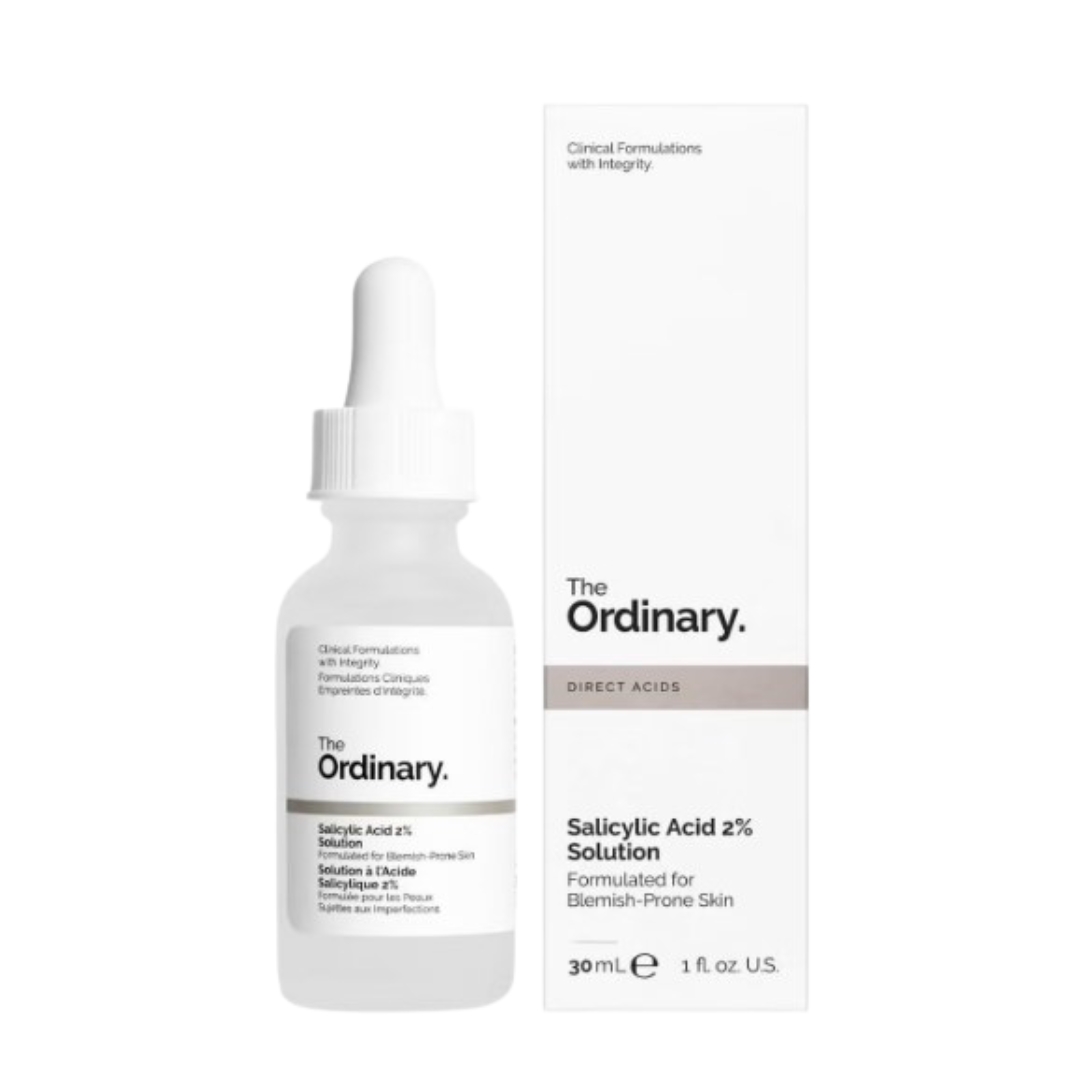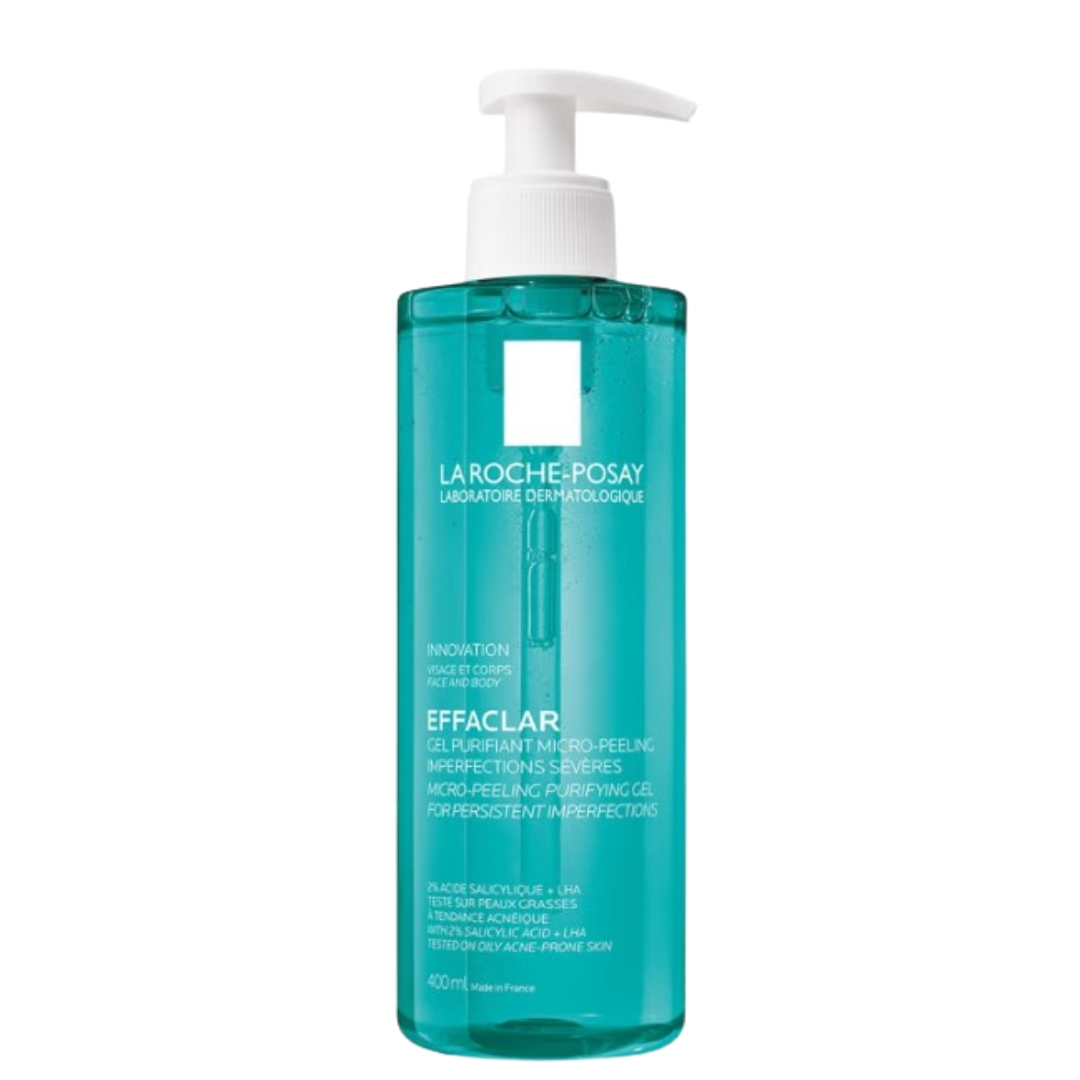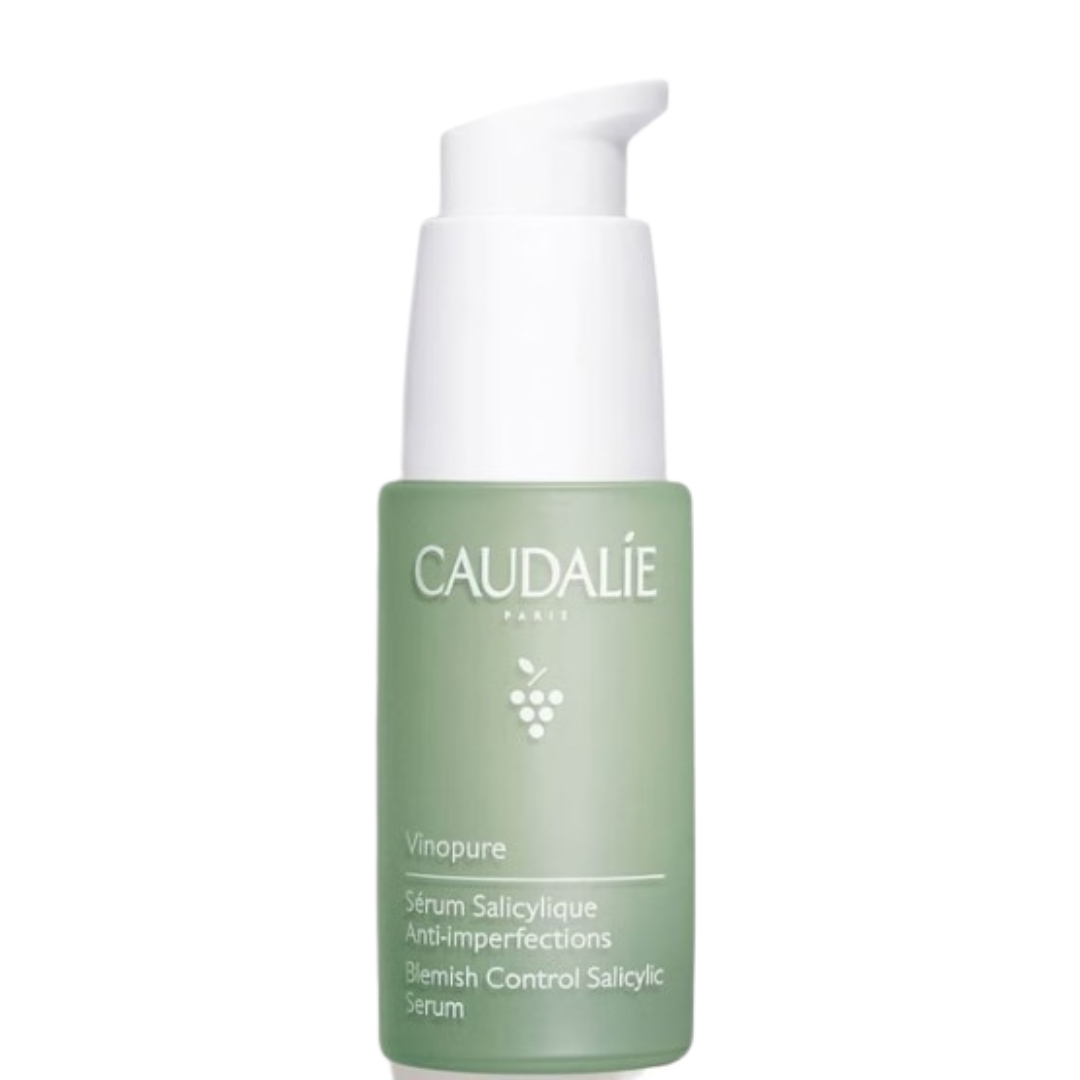The mistakes to avoid when using salicylic acid - for clear and smooth skin
Experiencing irritation instead of exfoliation with salicylic acid? The way you're using the potent BHA could be to blame...


Touted for its powers of exfoliation, salicylic acid is commonplace in most skincare routines, but, to really see the best results, there are a few salicylic mistakes to avoid...
For those looking to target clogged pores and breakouts, salicylic acid is often the first port of call and the first ingredient to be recommended by skincare enthusiasts and experts alike. But like with the best hyaluronic acid serums, it's important to be clued in on the correct application of every ingredient in your arsenal - and salicylic acid is no exception.
So, to help you buff away excess oil and clogged pores, whilst avoiding the negative side effects, we've quizzed the experts on what not to do with salicylic acid...
3 mistakes to avoid when using salicylic acid
Similar to the best retinol creams and serums, salicylic acid is available in many variations but is perhaps most commonly found in serum form - for a more concentrated treatment.
So, what does it do exactly? Dr Maryam Zamani, founder of MZ SKIN and leading Oculoplastic Surgeon explains: "Salicylic Acid is a BHA (beta-hydroxy acid) and is lipid-soluble and as a result, penetrates through sebaceous follicles and works at a deeper level in comparison to other exfoliating ingredients, such as an AHA. It works deep into the pores and dissolves and regulates sebum production, which in turn helps to prevent clogged pores and breakouts.
"It also has anti-inflammatory properties which help to calm redness, swelling and irritation in the skin. Since its main benefits are rooted in its antibacterial and anti-inflammatory properties, it is highly effective for those with sensitive and acne-prone skin."
And while that all sounds wonderful, there are a few things to know before adding it to your skincare routine - primarily the common application mistakes to avoid at all costs...
Sign up to our free daily email for the latest royal and entertainment news, interesting opinion, expert advice on styling and beauty trends, and no-nonsense guides to the health and wellness questions you want answered.
1. Using too high of a concentration
As Advanced Facialist, Mariam Abbas explains, an error people frequently make with salicylic acid is, "using a formulation that is too strong way too often. People often over-use it for acne/oily skin, especially in cleansers and end up exacerbating the problem with more persistent breakouts from dry skin."
Dr Zamani seconds this, adding: "If you have not used Salicylic acid before I would suggest trying a lower concentration(usually around 0.5% to 2%) to build a tolerance, particularly if you have more sensitive skin."
Concentration is also a common retinol mistake, so if you're new to the ingredient, opt for a lower concentration as Zamani suggests and build up to a more potent blend - if you find it works for your skin.
2. Using it too often
Along with using too much salicylic acid, using the exfoliator too often can have similarly negative effects.
"One of the most common mistakes people make when applying salicylic acid is applying it too frequently," says Zamani, as well as applying it in high concentrations, both of which, "can lead to irritation, dryness, and peeling."
To counteract this, Zamani recommends applying a "moisturiser to help keep the skin hydrated and protect the skin’s barrier."
3. Using it with other potent actives
A commonly made mistake with many skincare heroes - like niacinamide and vitamin C - is using them in tandem with other incompatible ingredients.
"Combining salicylic acid with other skincare ingredients, such as retinoids, can potentially lead to irritation if the concentration of the salicylic acid is higher," says Dr Zamani - adding: "I would advise using these separately to avoid any negative side effects."
That's not to say you can't feature both retinol and salicylic acid in your weekly rotation but the pros do say to avoid using them simultaneously.
How to use salicylic acid, correctly
- After cleansing, in a low concentration and before moisturiser...

RRP: £6.10
This budget-friendly serum features 2% salicylic acid and is suitable for all skin types. It works to buff away dead skin cells and exfoliate clogged pores, for a clearer complexion.
To get the most out of your go-to salicylic acid serums, here's what the experts say you should be doing...
First of all, Abbas says to use the ingredient, "in very low concentrations – usually 2%, it can be used all over the face or like a spot treatment." If you're struggling with hormonal acne, Abbas adds, "My advice for clients with hormonal acne is usually to use it for a few days when they are expecting a breakout around their cycle. It is best used in formulations with hydrating and barrier repair ingredients that can work on nourishing the skin to prevent the skin from becoming dry and irritated. "
Abbas also recommends using it as part of your nighttime skincare routine, "after cleansing and before the moisturiser."
Dr Zamani says to begin your routine with a cleansed face, as this is, "the basis for beginning any skincare steps. It allows for optimal results when applying any enhancing treatment, from an acid to antioxidants, directly to the skin.
"From there apply your preferred salicylic acid and allow it to absorb for a few moments. This can then be followed up by ‘protecting’ the face with a moisturiser and of course, SPF is always essential." A good moisturiser is also key when using salicylic acid, to help ward off dryness.

Naomi is a Digital Beauty Writer at woman&home, where she covers everything from makeup to skincare but specialises, particularly, in fragrance and nail trends. Through her work, Naomi shares her trend expertise and personal product recommendations. She is also a judge for woman&home's annual hair, skincare and beauty awards.
Previously, she worked as a Lifestyle News Writer for My Imperfect Life magazine, where she used her savvy for TikTok to bring readers the latest beauty buzzwords, fashion movements and must-have products.
Before that, Naomi split her time between both GoodTo and My Imperfect Life, whilst training for her Gold Standard diploma in Journalism with the NCTJ, for which she earned a Distinction. Interestingly though, Naomi actually has a background in design, having studied Illustration at Plymouth University but leapt into the media world in 2020, to pursue her passion for writing. Now, when she isn’t reporting on the best perfumes and latest beauty releases, you can find her drinking copious cups of coffee and probably online shopping...

